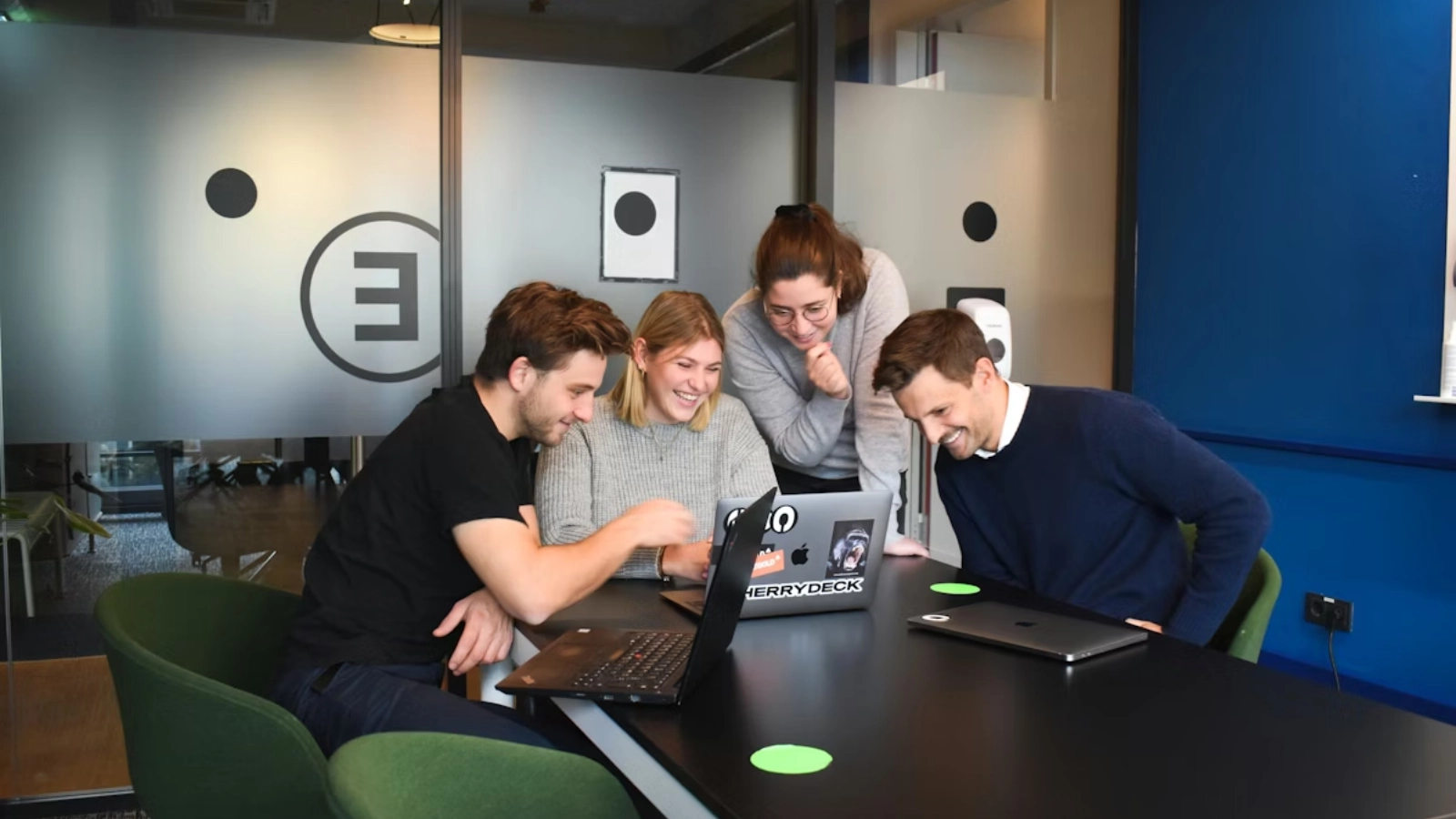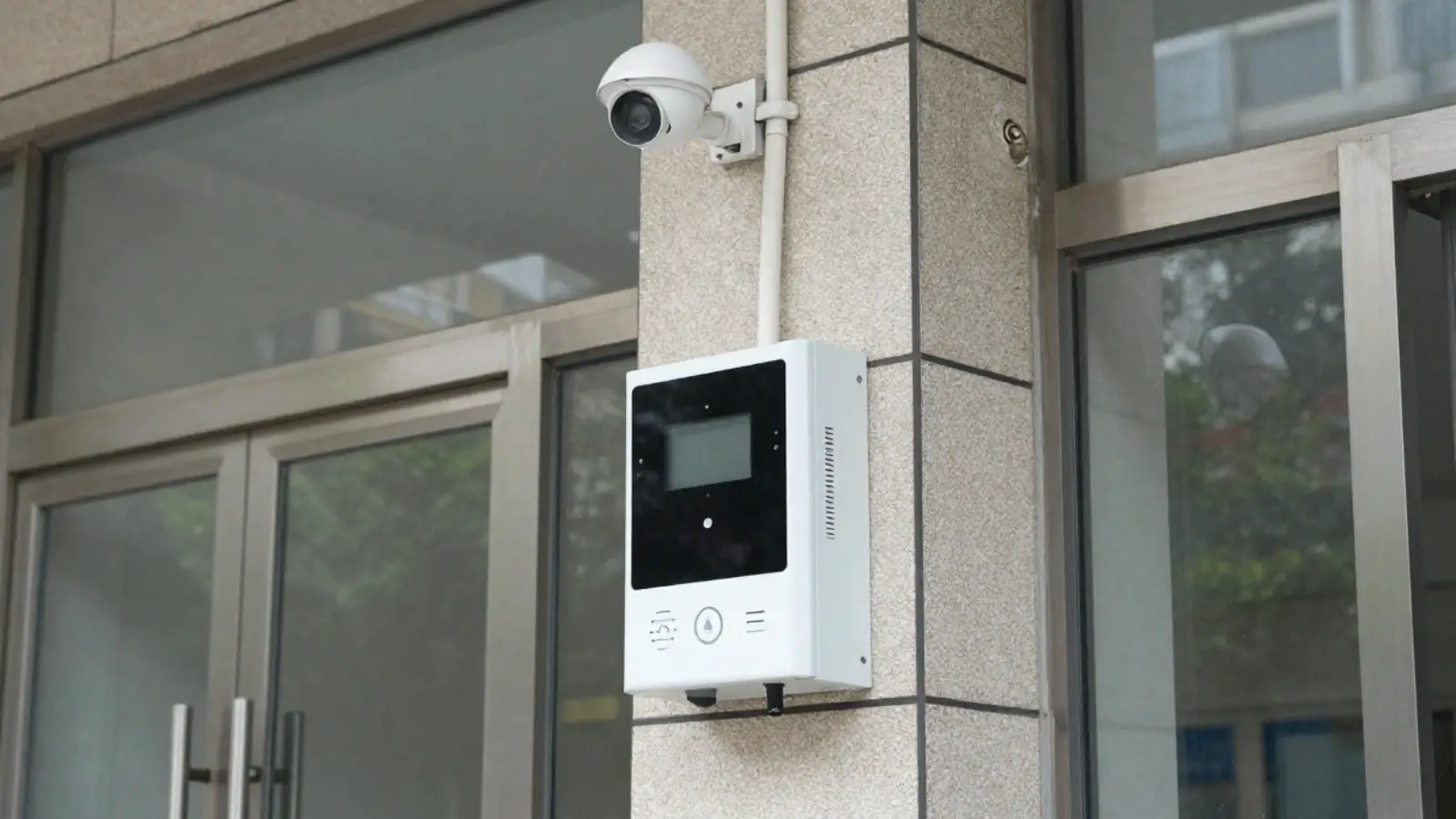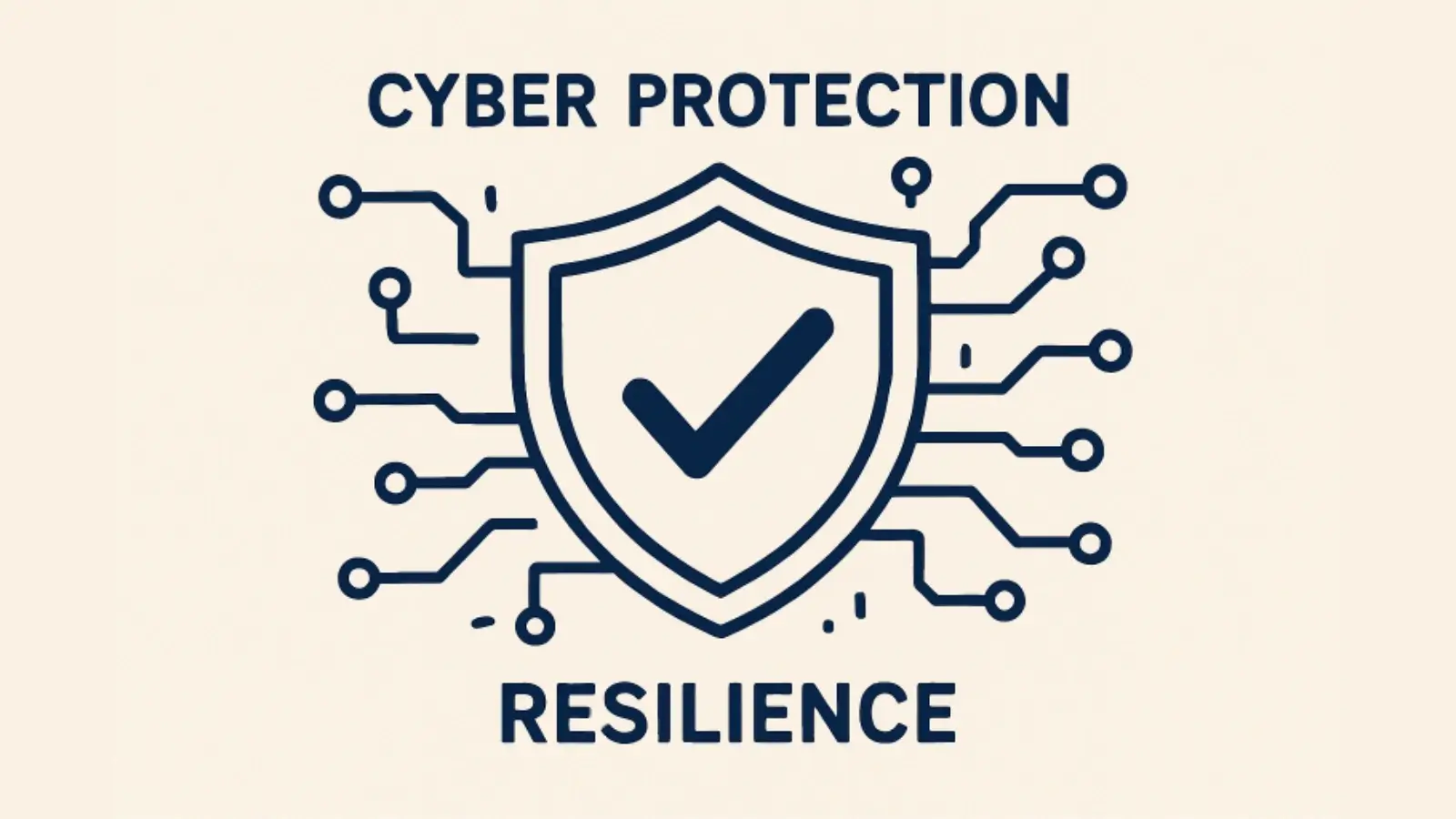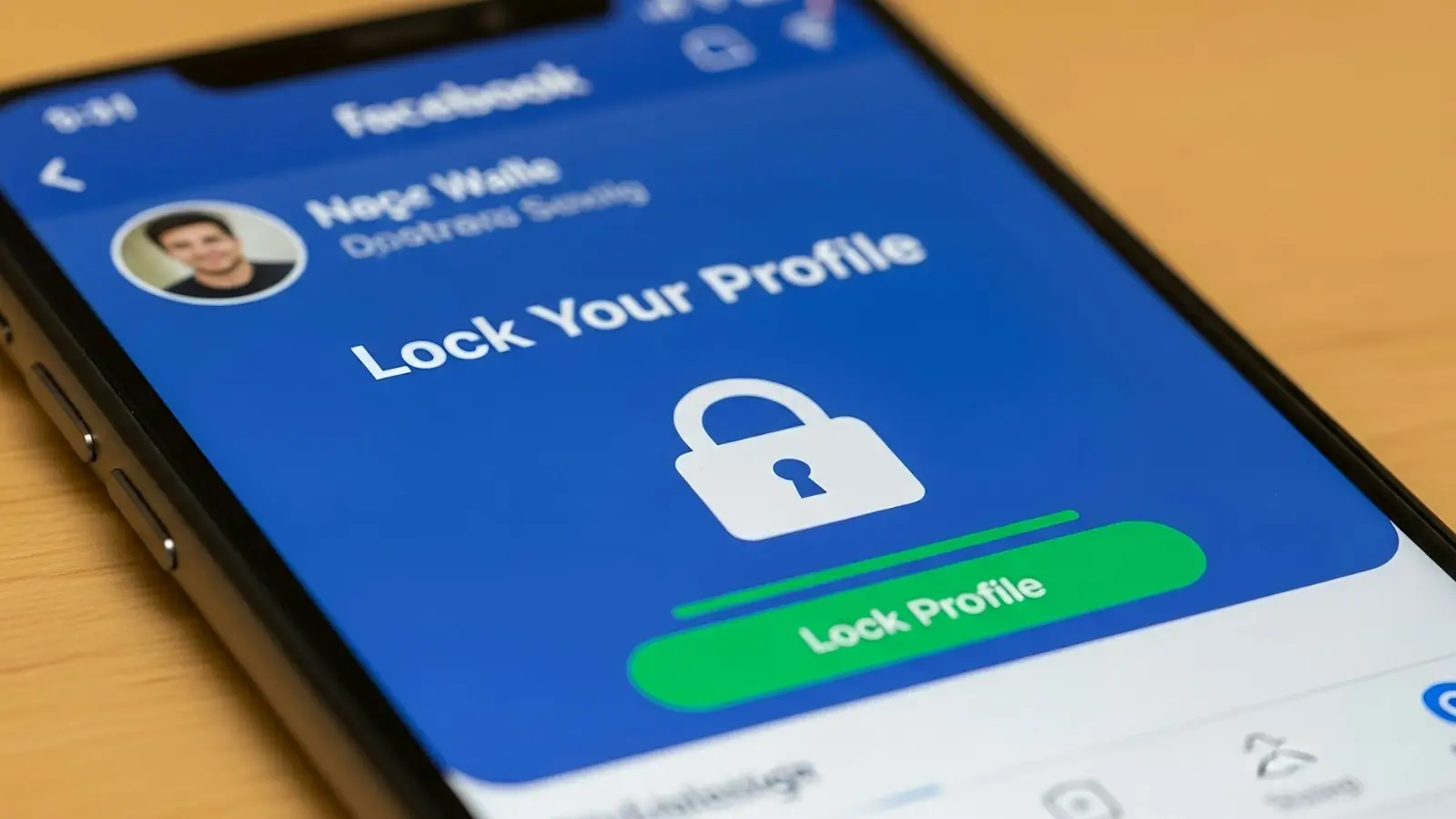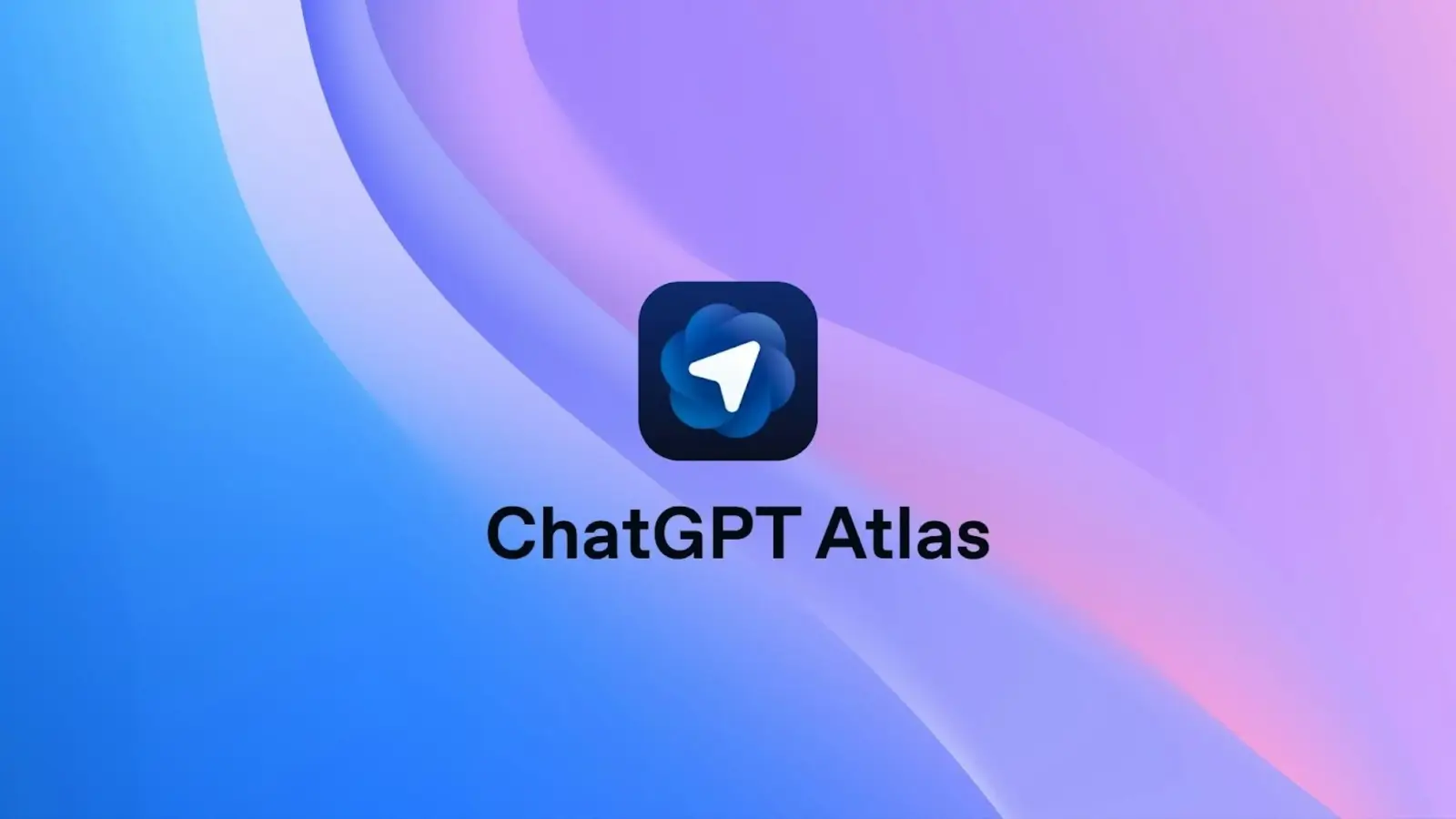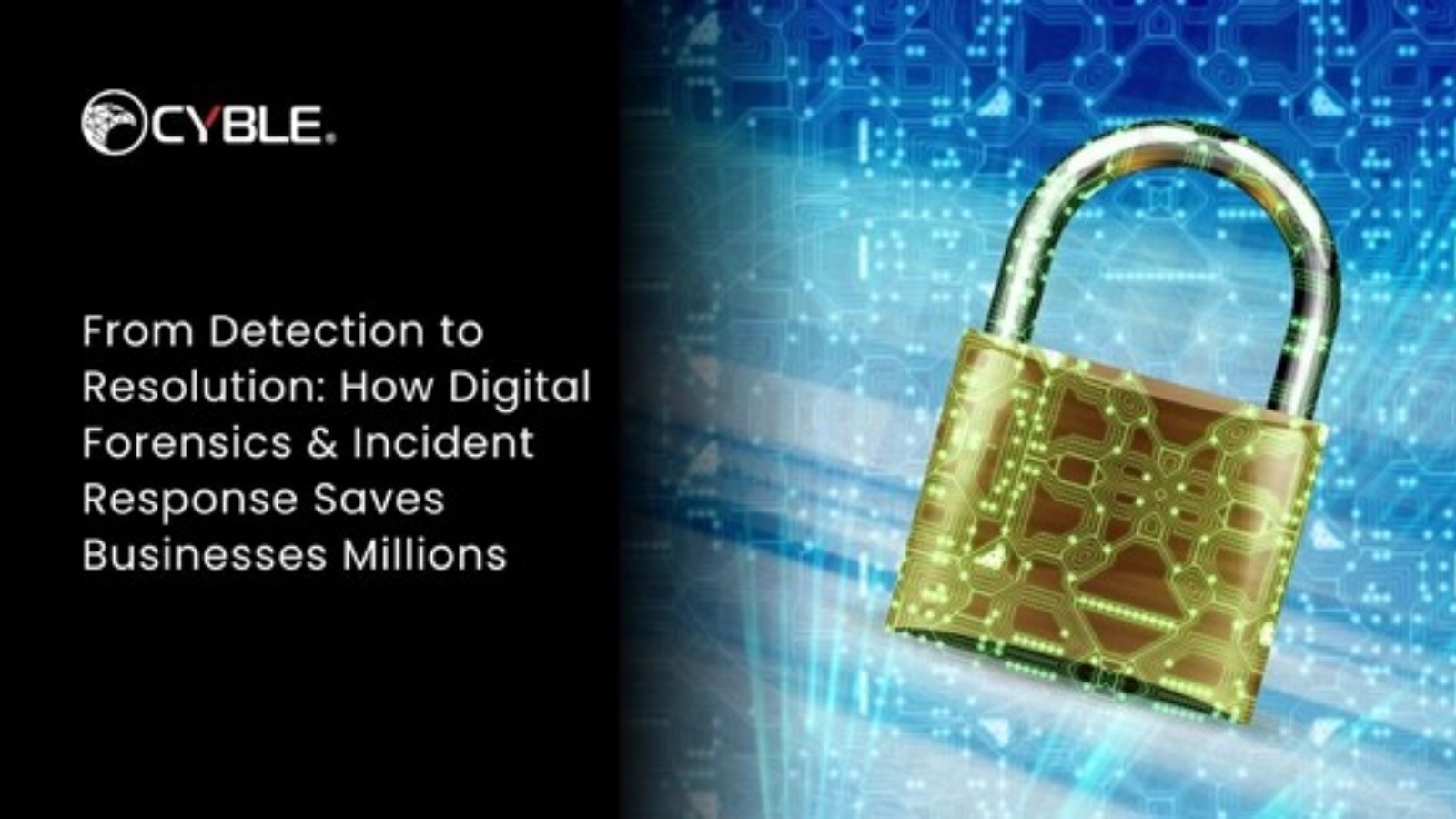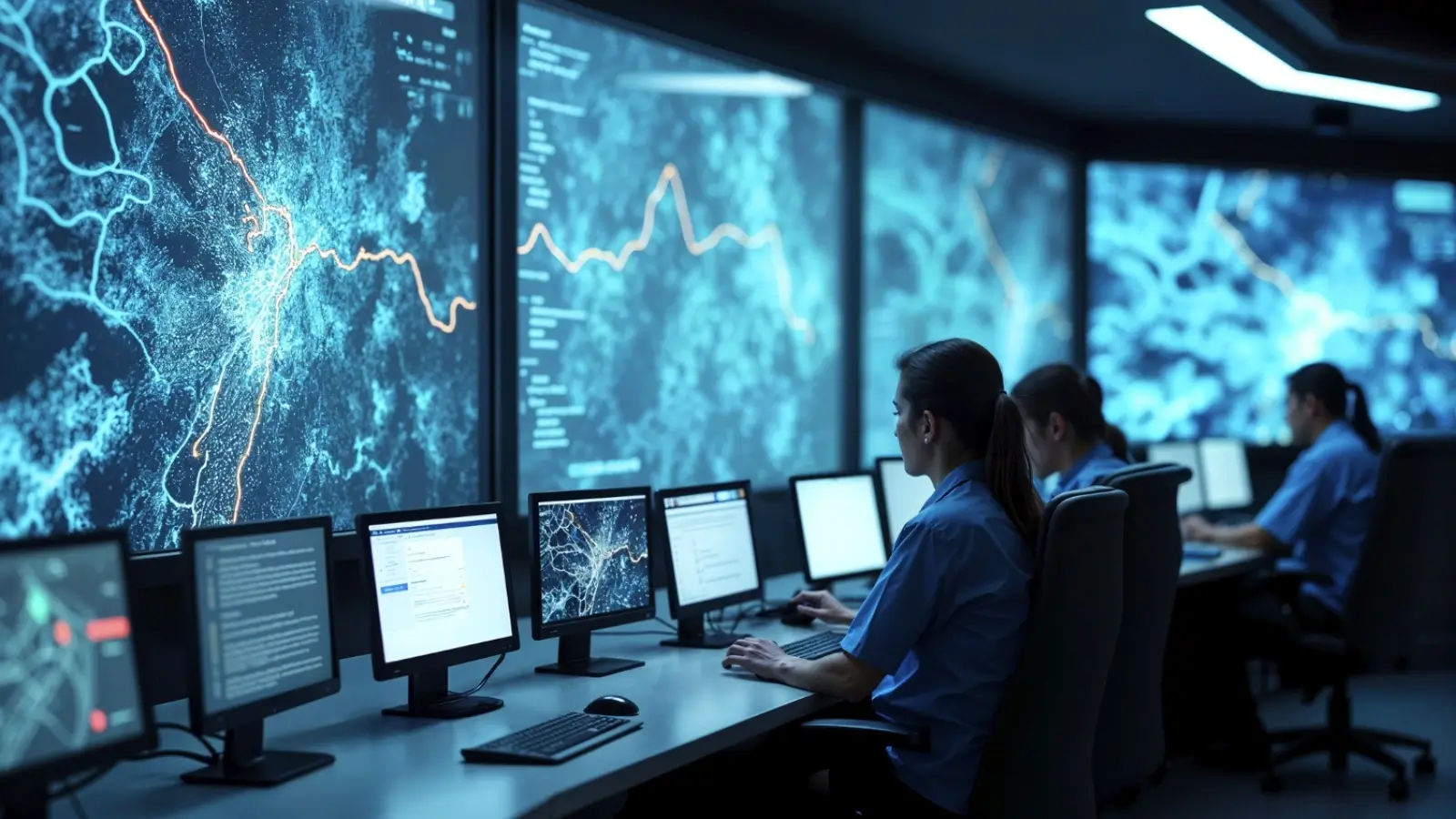Imagine this: you're working late, the screen dims, and suddenly a system window pops up. It’s labeled “Windows Update.” Looks normal enough. You sigh and let it run — business as usual. But behind that familiar façade, a silent predator begins its work. A new strain of malware, deceptively camouflaged as a legitimate Windows update, is spreading fast — and it’s more sophisticated than anything we've seen in recent months.
A Devious Disguise: How It Works
Cybersecurity experts have identified a disturbing trend. Attackers are now mimicking Windows’ trusted update interface with alarming precision. The malware disguised as Windows update doesn’t just throw up a fake prompt — it clones the design, uses Microsoft’s icons, and even imitates the update progress bar. It looks real.
Once executed, the malware installs silently, bypassing most traditional antivirus software. It then connects to external servers, downloads secondary payloads, and can even exfiltrate sensitive data. In many cases, the user doesn’t realize anything is wrong for days — sometimes weeks.
Worse still, this new malware variant has built-in geofencing features. That means it can adjust its behavior depending on your region, IP address, and even language settings. The goal? Increase its success rate while remaining undetected.
Why It’s Spreading Now
There’s no coincidence here. The attackers have timed their campaign with a wave of legitimate updates from Microsoft. Most users — particularly those working from home or using unmonitored networks — aren’t questioning the legitimacy of a pop-up that looks exactly like something they’ve seen a hundred times.
In late March, cybersecurity firm NetShield reported a 143% increase in incidents related to malware faking system updates. Most infections were traced back to phishing emails, cracked software downloads, and malicious ad pop-ups.
Another key vulnerability? Public and unsecured networks. If you’re not using a VPN, you're handing your location and IP address to potential attackers on a silver platter. But with a VPN for PC, especially VeePN, the system hides data from all outsiders. Moreover, most of the malicious code targeting Windows can be recognized by this VPN before it gets into the OS. Privacy ensures that you will not be targeted by hacker attacks.
The Social Engineering Factor
Social engineering isn’t new, but it’s evolving fast. This new malware doesn’t just rely on code — it relies on you. It preys on trust, fatigue, and routine.
Researchers noted a chilling example: one version of the malware triggered the fake update right at 3:00 a.m., mimicking scheduled maintenance times set by corporate IT departments. For anyone working late shifts or pulling overtime, it would seem perfectly routine. These small touches make the malware nearly undetectable — not just by software, but by human instinct.
More Than Just Data Theft
Once inside, the malware can deploy additional tools: keyloggers, screen recorders, crypto-miners, even ransomware in some cases. It may start slow — capturing login credentials or email contents — but it often escalates. Entire systems have been locked down, with ransom demands issued under the guise of "Microsoft Recovery Services."
In one documented case, an HR manager at a mid-sized firm unknowingly activated the malware, believing it was a required Windows security patch. Within 36 hours, 17 devices across the company were compromised. The damage? Over $40,000 in recovery fees and legal consultation.

VPN: A Line of Defense
A strong firewall and updated antivirus software are no longer enough. This new wave of attacks demands layered protection. One of the most effective tools in this context remains the use of a VPN. By encrypting your connection and masking your IP address, a VeePN VPN makes it significantly harder for malware to tailor its behavior based on your digital footprint. It also prevents malicious software from easily contacting its command-and-control servers, especially if those servers are located in restricted or flagged regions.
Still, it’s important to remember: even with a VPN, if you click the wrong link or download the wrong file, you’re still at risk. VPNs are a defense, not a cure.
What You Can Do Right Now
Knowledge is power — and in this case, it’s also your best line of defense. Here’s a checklist to help you stay protected:
-
Verify updates manually: Always go through your system settings to trigger updates. Never trust random pop-ups.
-
Use a VPN on public and home networks: This hides your traffic from potential attackers and adds a layer of security.
-
Don’t click blindly: Avoid unknown email attachments, pirated software, and suspicious ads.
-
Educate your team: If you’re in a corporate environment, hold regular briefings. Humans are the weakest — and strongest — link.
-
Enable multifactor authentication: It won’t stop malware, but it may prevent it from accessing your accounts.
Conclusion: Digital Trust, Exploited
Malware disguised as Windows update marks a new chapter in cyber warfare — one where the most dangerous threats don’t come as obvious red flags, but in forms we’re taught to trust. The familiar becomes deceptive. Routine becomes risky.
As of April 2025, more than 63,000 systems worldwide are believed to have been impacted by this new threat. That number will rise.
The best way to stay safe? Stay suspicious. Stay informed. And always question what looks too familiar.







